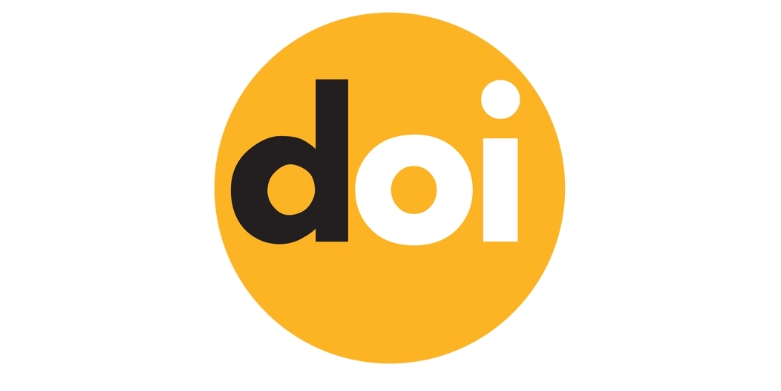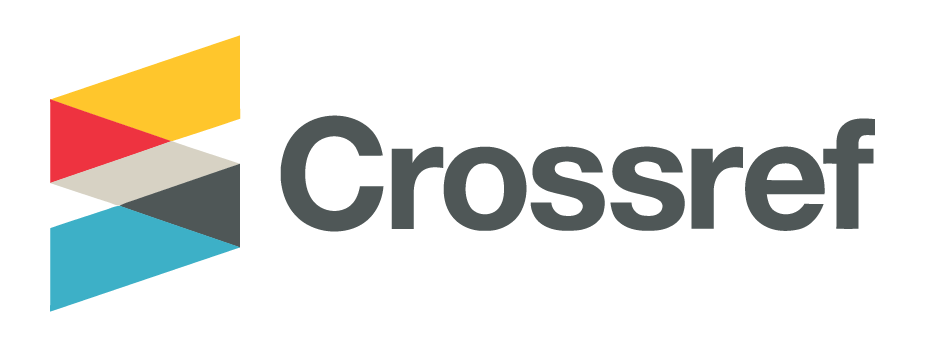Comparative studies "Effect of educational policy on artificial intelligence in the countries of America, Singapore and Iran
DOI:
https://doi.org/10.63053/ijrel.35Keywords:
Educational Policy, Artificial Intelligence, Comparative StudyAbstract
Artificial intelligence under the paradigm of the fourth industrial revolution has become one of the fateful trends of societies in such a way that university education methods, as one of the most important social constructions, have influenced the advancement of technology. Undoubtedly, educational policy has changed the speed, depth and extent of artificial intelligence technology
Artificial intelligence is one of the most important emerging technologies, which today has caused huge changes in all areas, including educational policymaking, at a high speed. Among the important applications of artificial intelligence in educational policymaking, we can mention the prioritization of issues based on the real needs and demands of the society and the diagnosis of problems based on the existing conditions, which will lead to the design and formulation of macro-educational policies.
The use of methods such as neural networks, natural language processing, and machine learning algorithms makes the process of policy making more intelligent and dynamic, and as a result, the role of policymakers in the application of this technology becomes more efficient. Today, new technologies such as artificial intelligence, sensor networks, blockchain are changing aspects of everyday life.
The study of artificial intelligence began in the 1940s and in recent years it has overshadowed the government departments of a large number of countries, of which e-government is one of the examples.
One of the topics that is analyzed in the discussion of educational policy is the effect of content on artificial intelligence. In other words, understanding the complexities of decision-making processes as well as the importance of the actors involved in such processes, has undoubtedly influenced artificial intelligence and is influenced by it.
This article is designed as a review and library method and it examines the educational policies of Iran, America and Singapore in the field of artificial intelligence with an exploratory view.
References
Anneke Zuiderwijk a, Yu-Che Chen, Fadi Salem (2021). "Designing a policy package for the development of artificial intelligence ". Public policy. Volume 9, Number 1, pp. 22-46.
Castro, D., & New, J. (2016). “The promise of artificial intelligence”. Center for Data Innovation, 115(10),
Craglia, M., Hradec, J., & Troussard, X. (2020). “The Big Data and Artificial Intelligence: Opportunities and Challenges to Modernise the Policy Cycle”. Science for Policy Handbook, 96-103.
Frank, T. (2019). “Public Policy: Models of policy making and their critique; Processes of conceptualisation, planning, implementation, monitoring, evaluation and review and their limitations; State theories and public policy formulation” [Blog post]. Retrieved July, 7, 2019.
Ghallab, M. (2019). Responsible AI: requirements and challenges. AI Perspectives, 1(1), 1-7.
Giroux, H. (2020). Casino Capitalism and Higher Education. Counter Punch.
Howlett, M., Ramesh, M., & Perl, A. Studying public policy: Policy cycles and policy subsystems Oxford: Oxford university press. (Vol. 3). (2009).
Johnson.C.Y,(2019),” Racial bias in a medical algorithm favors white patients over sicker black patients”, from https: //www.washingtonpost.com/health/2019/10/24/racial-bias-medical-algorithm-favors-white-patients-over-sicker-black-patients.
Karimi, Dariush and Ashraf Al-Sadat Enayati (2019). "Education for Sustainable Development,
Sustainable School", Environmental Education and Sustainable Development Quarterly, first year, first
issue, pp. 59-74 [in Persian].
Luan, H., Geczy, P., Lai, H., Gobert, J., Yang, S. J., Ogata, H., ... & Tsai, C. C. (2020).
Challenges and future directions of big data and artificial intelligence in education.
Frontiers in psychology, 2748.
Manyika et al, H., Ash, H., & Fellow, D. (2017). “Artificial intelligence for citizen services and government”. Ash Cent. Democr. Gov. Innov. Harvard Kennedy Sch., no. August, 1-12.
Pietikäinen, M., & Silven, O. (2022). Challenges of Artificial Intelligence--From Machine
Learning and Computer Vision to Emotional Intelligence. arXiv preprint
arXiv:2201.01466.
Rosa, M., Feyereisl, J., & Collective, T. G. (2016). “A framework for searching for general artificial intelligence”. arXiv preprint arXiv:1611.00685.
Russell and Norvig, (2016). “Artificial intelligence: Potential benefits and ethical considerations”.
Saghiri, A., Vahidipour, M., Jabbarpour, M., Sookhak, M., Forestiero, A. (2022). A Survey of
Artificial Intelligence Challenges: Analyzing the Definitions, relationships, and
Evolutions. Applied sciences, 12(8), 1-26.
Schalkoff (1990) B., Jordan, S. R., & Barry, B. (1990). “Regulating Autonomy: An Assessment of Policy Language
Soni, V. D. (2020). Challenges and Solution for Artificial Intelligence in Cybersecurity of the
USA. Available at SSRN 3624487.
_ Thierer, A. D., Castillo O'Sullivan, A., & Russell, R. (2017). “Artificial intelligence and public policy”. Mercatus Research Paper.
Valle-Cruz, D., Criado, J. I., Sandoval-Almazán, R., & Ruvalcaba-Gomez, E. A. (2020).” Assessing the public policy-cycle framework in the age of artificial intelligence: From agenda-setting to policy evaluation”. Government Information Quarterly, 37(4), 101509.
Yogesh K. Dwivedi et al. ( 2021). Report: “robotics and artificial intelligence”.
Downloads
Published
How to Cite
Issue
Section
License
Copyright (c) 2024 Authors

This work is licensed under a Creative Commons Attribution 4.0 International License.













